Audio Amplifiers: Choosing the Best Audio Amplifier for Your Sound System
An audio amplifier is very important for any music lover or for homes which have a theater system. It helps speakers generate sound and allows the sound to be deep and very clear to ensure that you are fully immersed during your listening experience. Whether you are upgrading your current sound system, or building a new one, knowing the various types of amplifiers, their features, and specifications is essential to help you select the correct one for your needs.
In this detailed guide, let’s first look into how audio amplifiers function and then the processes involved in selecting the best one for various audio setups. Different classes of audio amplifiers will be discussed along with their features, most importantly the wattage, impedance, and channel configurations.
What Is an Audio Amplifier?
In its most basic definition, an audio amplifier is an electronic device that takes low level audio signals from devices such as microphones, instruments, or media players and converts them into audio signals that can drive speakers to a higher level, thereby boosting the signals. The amplifier ensures that strong and clear sound will be reproduced in any audio system which comes as a result of amplifying the audio signal.
Different Kinds of Audio Amplifiers
It is important to understand the different kinds of audio amplifier out there, for each serves its unique role while choosing an audio amplifier. Below is a summary of the most common types of audio amplifiers:
Integrated Amplifiers
An integrated amplifier merges the preamp and power amplifier into one unit. Its capacity to be utilized in sophisticated home audio systems while remaining economically friendly makes it a wonderful choice. Most audio configurations do not require advanced or expensive devices. These amplifiers are small, inexpensive, and powerful.
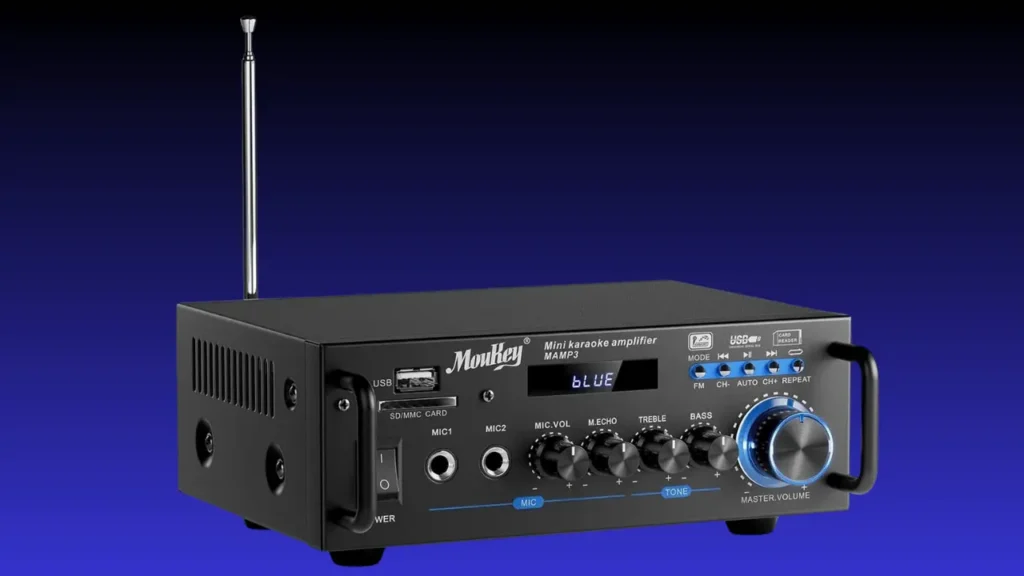
Stereo Amplifiers
As the name suggests, a stereo amplifier is built to drive a pair of speakers (left and right) for a standard stereo setup. For people who enjoy listening to music on a well-balanced two-channel configuration, this is the right option.
Mono Amplifiers
A mono amplifier is to power a single speaker, standalone configuration, often used for subwoofer arrangements. Lately, these amplifiers are used in home theater systems to boost the volume of bass and lower note sounds.
Home Theater Amplifiers (AV Receivers)
AV receivers are important for dedicated home theater users. Besides sound, these amplifiers take care of video inputs as well, which makes them helpful in any home setup.
Car Audio Amplifiers
Car audio amplifiers are specially designed for use in cars. Like the rest of the amplifiers and speakers in mobile use, these are compact but powerful. These amplifiers propel the speakers installed in the car for high quality sounds when driving.
Key Features to Consider When Choosing an Audio Amplifier
As with all audio equipment, when shopping for an audio amplifier, paying attention to some features and specifications is important. In this case, is the following:
1. Wattage
An amplifier’s wattage rating shows how much power the amplifier can supply the speakers. The louder the speaker output, the higher the wattage. It is important to consider the amplifier’s wattage and the speaker’s power handling capability, otherwise distortion or damage may occur.
2. Impedance
Impedance measures the resistance an amplifier experiences when driving a speaker and is rated in ohms(Ω). Most speakers work well with 4Ω, 6Ω, or 8Ω, and comes tailored to certain uses like home theaters or multi-purpose speakers. Using impedance that matches the amplifier and speakers would significantly increase the effectiveness of the sound system.
3. Channel configuration
Channel configuration describes the different audio channels set on an amplifier. It has 2-channel stereo systems for basic speakers, 5.1-channel audio surround amplifiers, and more advanced 7.1-channel home theater configuration meant for higher-end home theaters. The number of channels equates to more speakers and audio sources the amplifier can utilize.
4. Total Harmonic Distortion (THD)
THD, Total Harmonic Distortion, describes the distortion rate set by an amplifier. A lower percentage equates to clearer audio. Lookout for amplifiers with a THD rating under 1% as that would improve the strength and quality of the audio.
How to Choose the Right Audio Amplifier for Your Setup
- Identify Your Audio Requirements
Illuminating an existing home theater would require a multi-channel AV receiver. For basic configurations, an integrated amplifier or stereo amplifier would do the job. Think of the kind of music and audio configurations you usually prefer listening to.
- Amplifier and Speakers Compatibility
Choose an amplifier that has the same impedance rating as your speakers, the same goes for the wattage. Too little power can cause distortion while too much power can potentially damage speakers.
- Look into the Amplifier’s Options
Would you want Bluetooth accessibility, a remote control, or advanced DAC (digital-to-analog converters)? These features make life easy and drastically enhances the audio experience.
Resolving Common Problems With Audio Amplifiers
Despite its strengths, an audio amplifier, like any other device in the home, can develop issues over time. Here are 4 common challenges along with their solutions:
- No Sound Output
The most common concern is lack of sound produced by the amplifier, which can easily be fixed by verifying that all the cables are plugged in, the amplifier is powered on, the correct speakers are attached, and the right input source is selected in the amplifier settings.
LSI Keywords: no sound output, amplifier issues, audio amplifier troubleshooting
- Missing Bass
Quite often, missing bass is a result of imbalanced sound between the right and left speakers which can be addressed by adjusting the level of the bass using the EQ settings.
Conclusion
Whichever category you may fall under be it a music lover, home theater buff, or a car audio enthusiast learning about the different types of amplifiers, their features, and knowing how to pair them with your speakers is essential towards having a pleasant listening experience. Choosing the proper audio amplifier is fundamentally important for sound quality.
Taking wattage, impedance, channel layout, and total harmonic distortion into consideration will allow you to select an amplifier that meets your specifications. The right amplifier will ensure that you enjoy powerful and clear sound that makes the audio content lively and interesting.
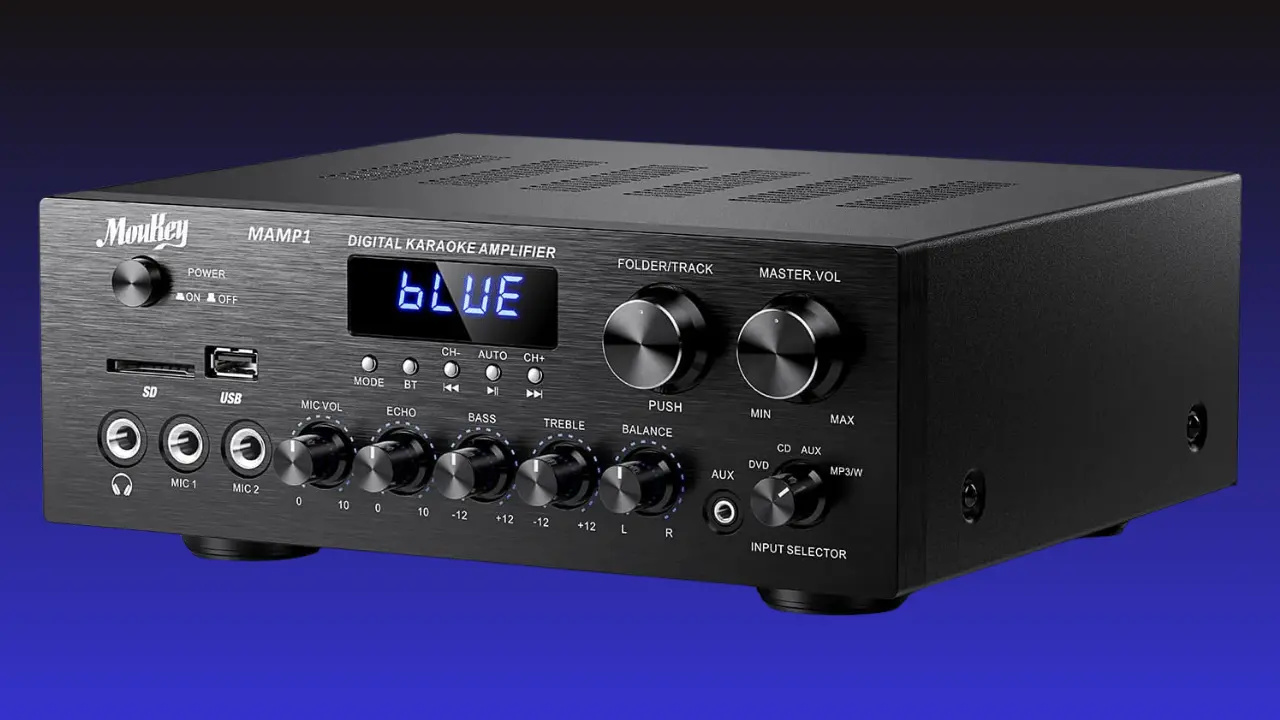
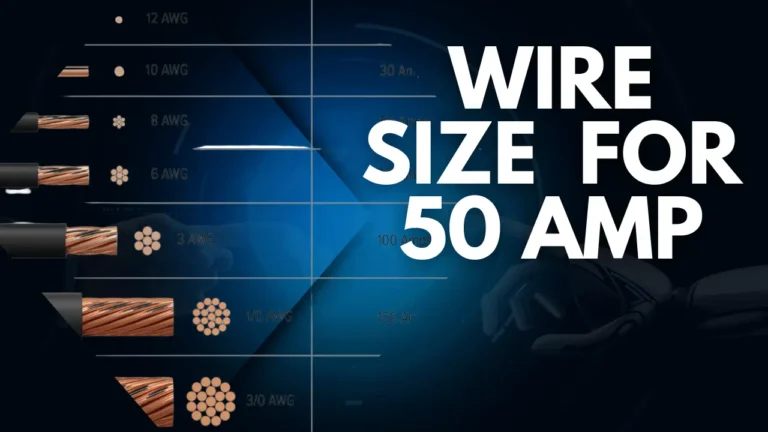
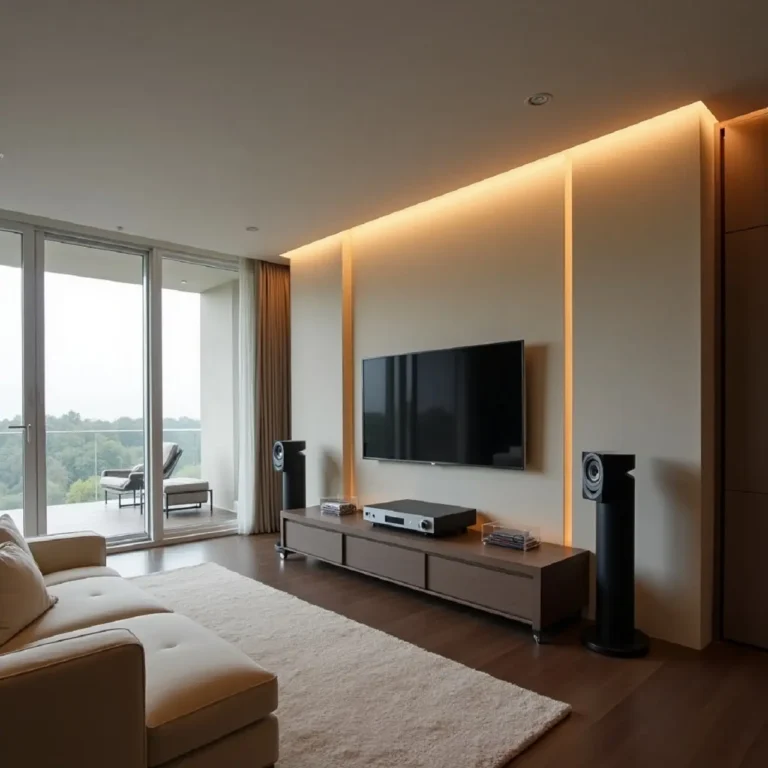
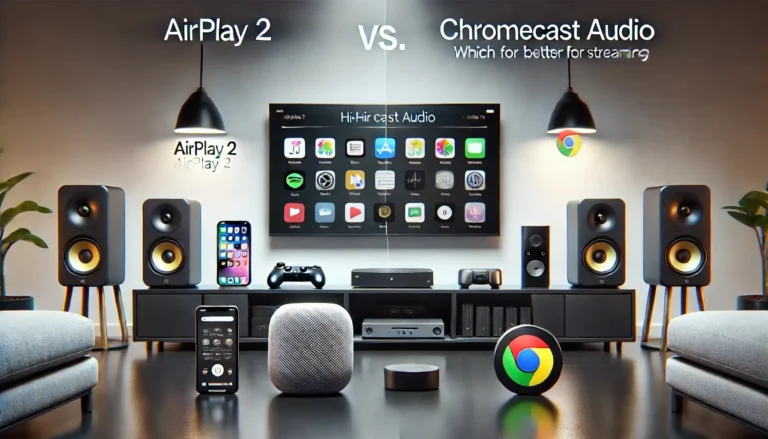
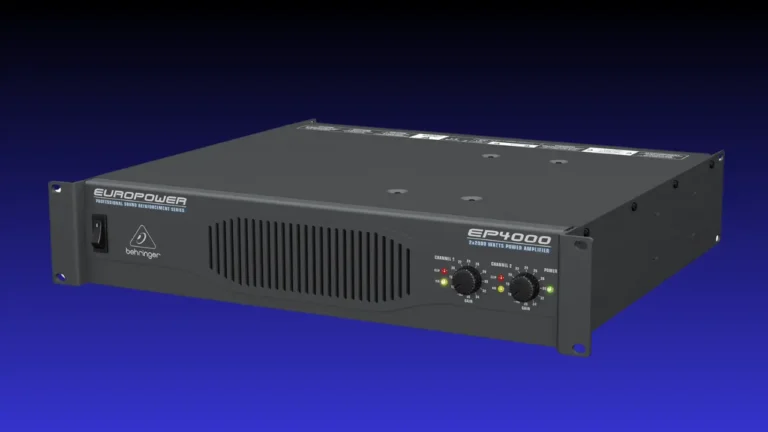
3 Comments